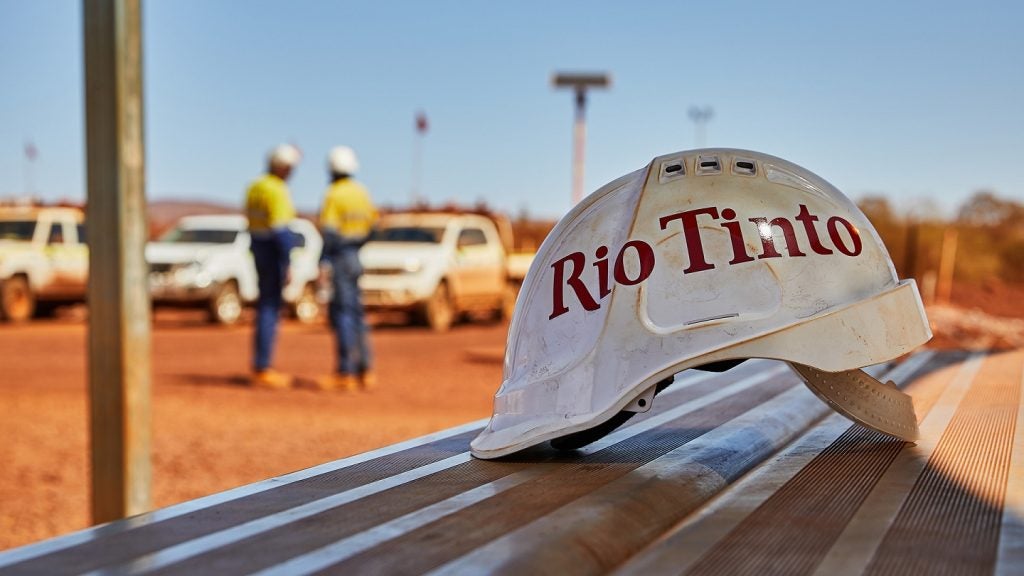Rio Tinto has collaborated with battery metals innovator Nano One Materials to enhance the latter’s multi-cathode (multi-CAM) commercialisation plan.
The Anglo-Australian miner has also invested $10m (C$12.5m) in Nano One for a stake of nearly 4.9% in the company.
The transaction will see Nano One issuing 4.6 million shares at C$2.70 apiece in a non-brokered private placement.
Nano One will use the proceeds to acquire the Candiac facility in Québec, Canada, along with its conversion to One-Pot lithium iron phosphate (LFP) and industrial-scale piloting of other CAM solutions.
The firm will also utilise the investment for working capital purposes, commercialisation, technology and supply chain development.
Furthermore, this partnership involves a study of the mining firm’s battery metal products, including iron powders from its Fer et Titane facility in Sorel-Tracy, Québec.
Nano One will utilise these products as feedstock to make its cathode materials.
Rio Tinto Battery Materials portfolio managing director Marnie Finlayson said: “Localised, clean and secure supply chains are critical for the success of the energy transition that is now underway and this requires partnerships with innovative companies like Nano One to help us differentiate, disrupt and accelerate the path to a net-zero future.”
The mining firm will also team up with Nano One on technical and business issues concerning the design, development, construction, as well as operation of cathode production facilities.
The battery technology company will issue Rio Tinto 1 million non-transferrable share purchase warrants in lieu of these services.
Additionally, the miner will provide expertise from its Critical Minerals and Technology Centre as part of the collaboration, which is intended to support the manufacturing of cathode active materials (CAM) in Canada.
Nano One CEO Dan Blondal noted: “The global transition to a low-carbon electrified economy will require millions of tonnes of battery materials, so it is critically important to produce these materials efficiently and with the lowest environmental footprint.
“Rio Tinto’s partnership and support complement our recent announcement to acquire Johnson Matthey’s LFP business in the nearby community of Candiac, Québec and amplifies the Government of Canada’s Mines-to-Mobility initiative, which aims to encourage a localised battery ecosystem to serve the broader North American market.”
Last year in November, Rio Tinto unveiled plans to invest in battery technology firm Inobat Auto, helping support the latter’s research and development centre in Slovakia.






